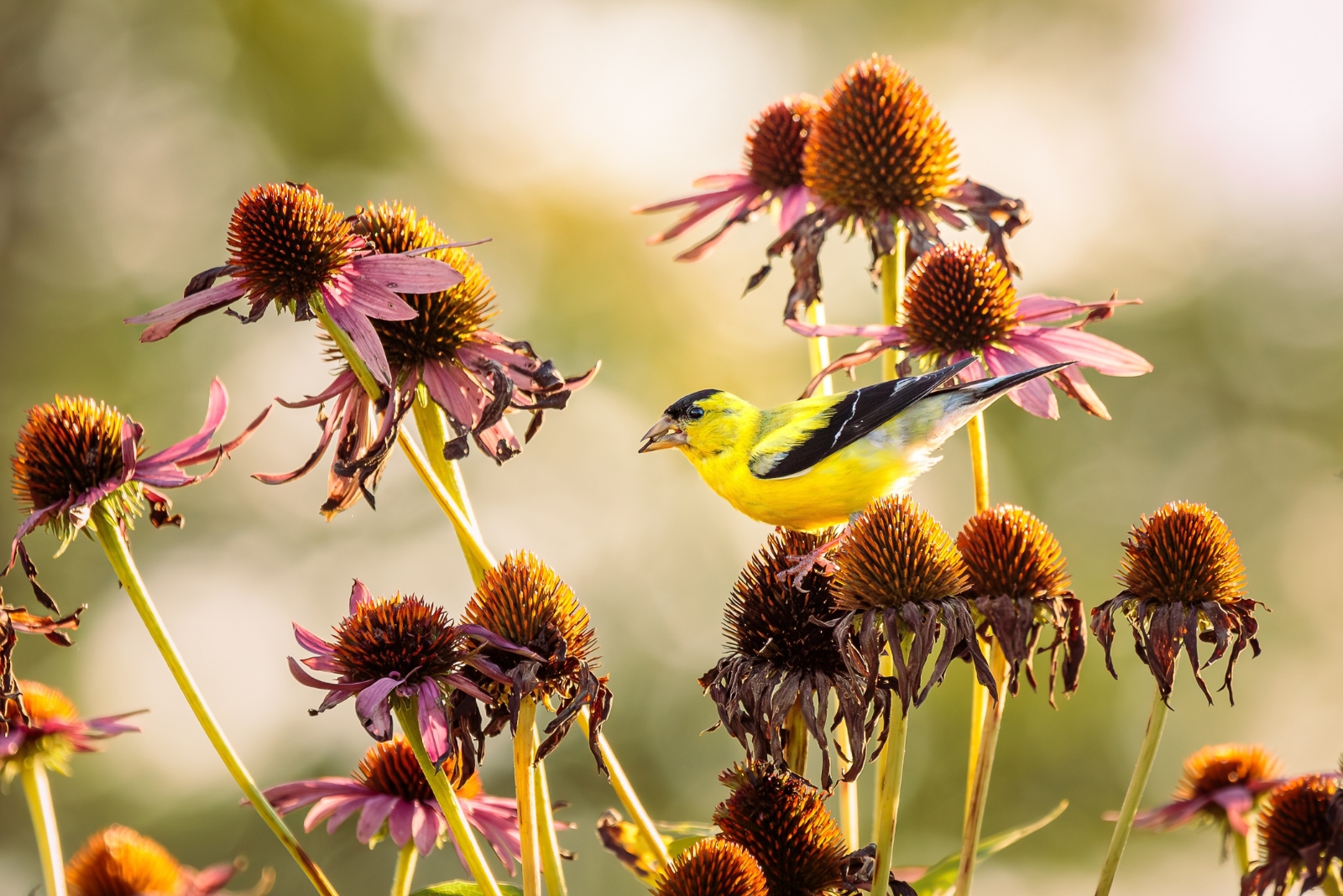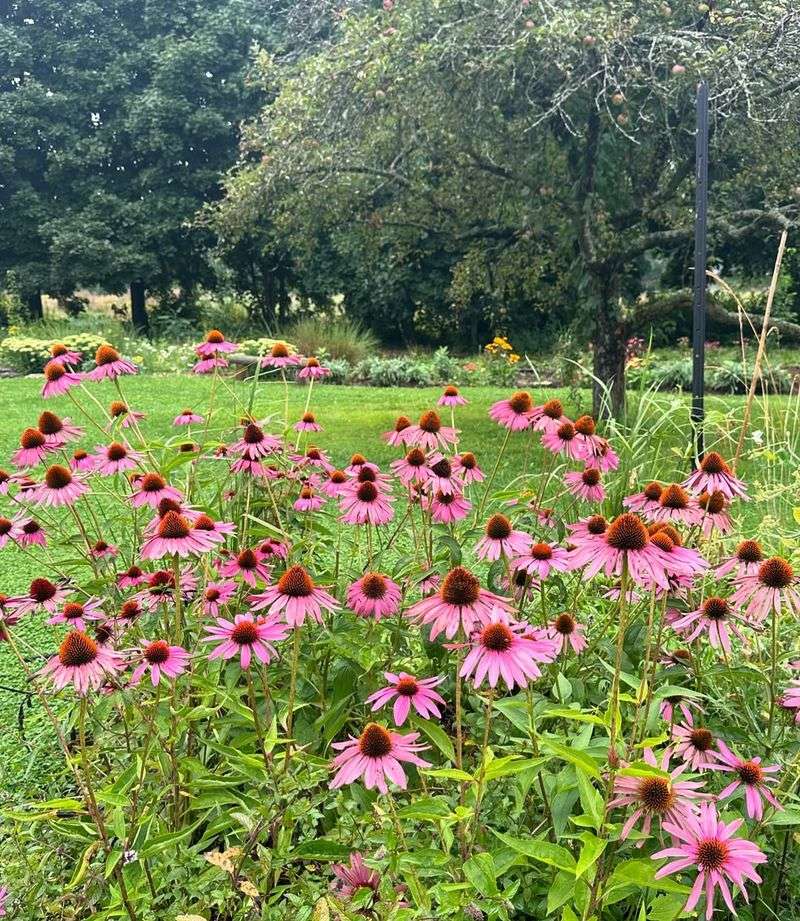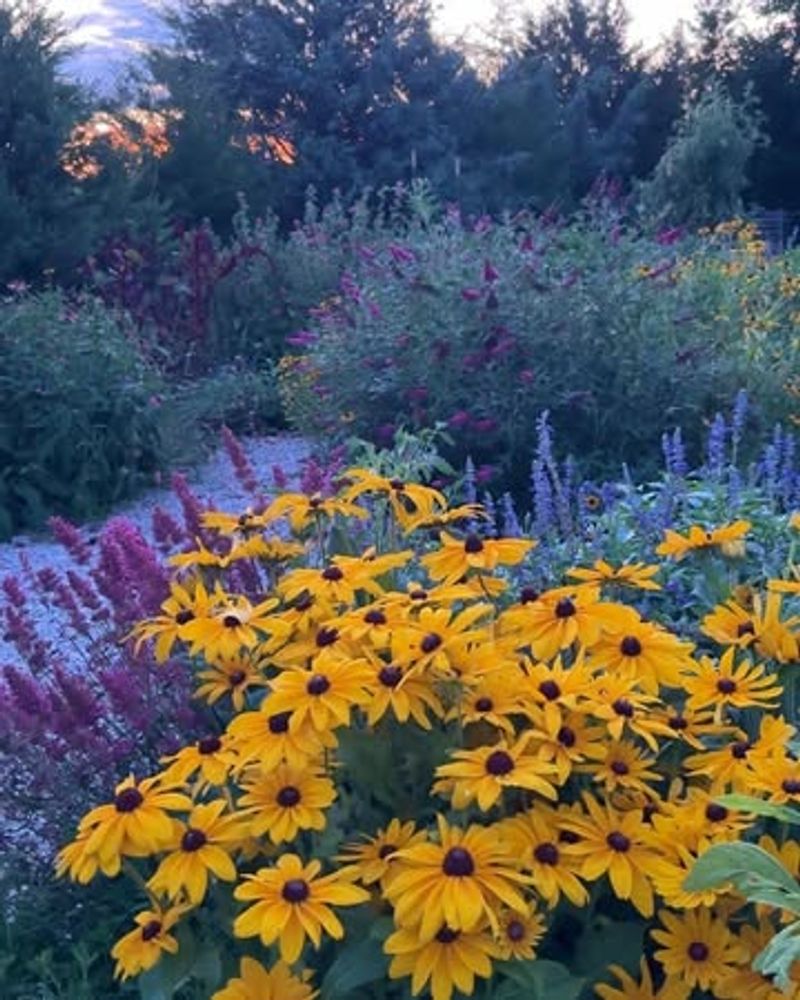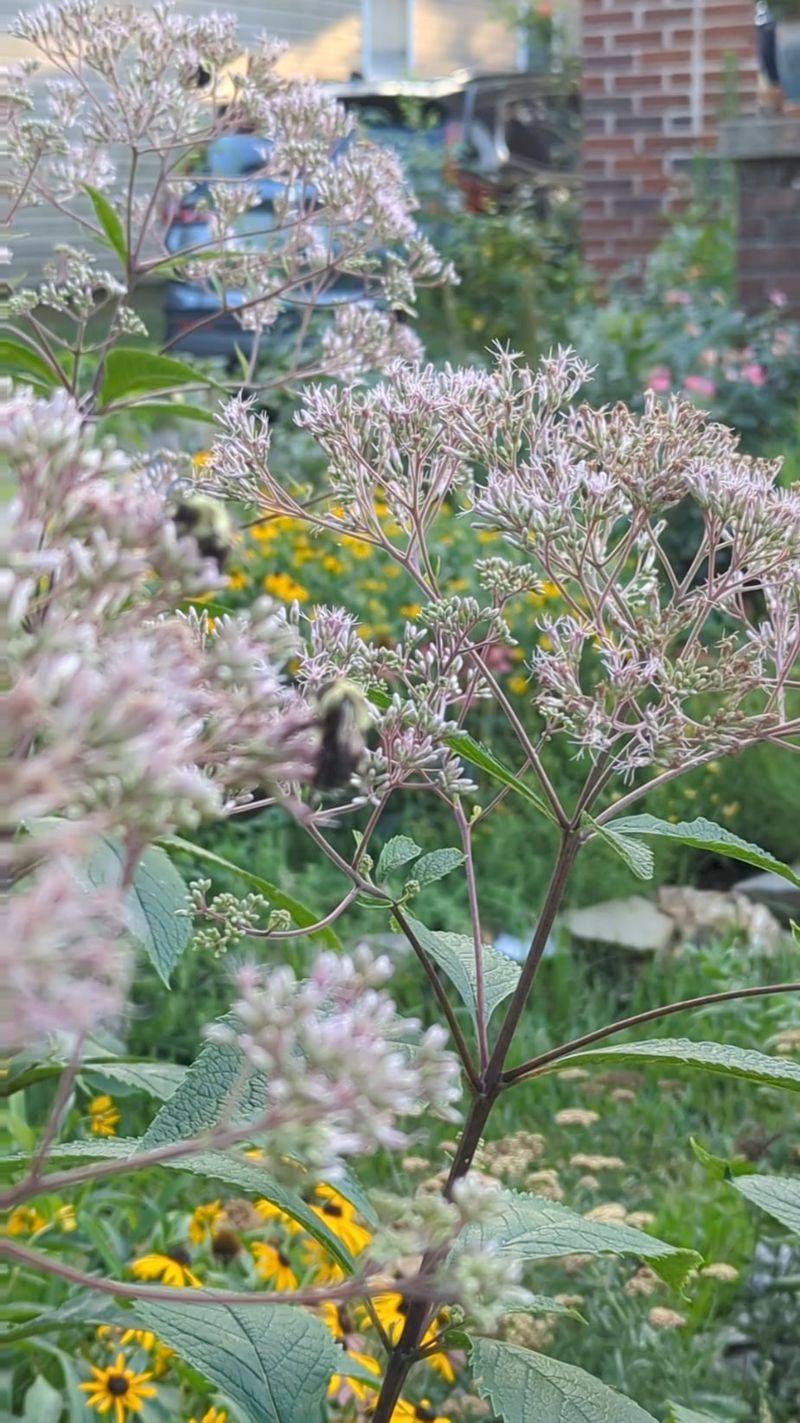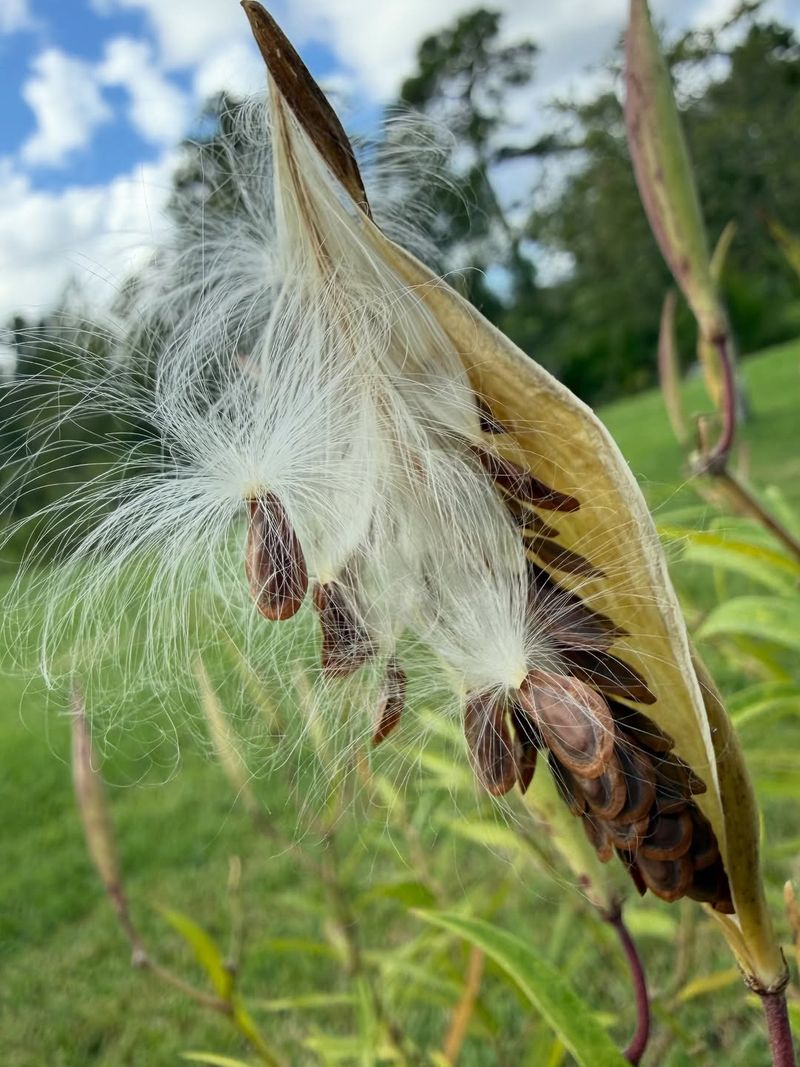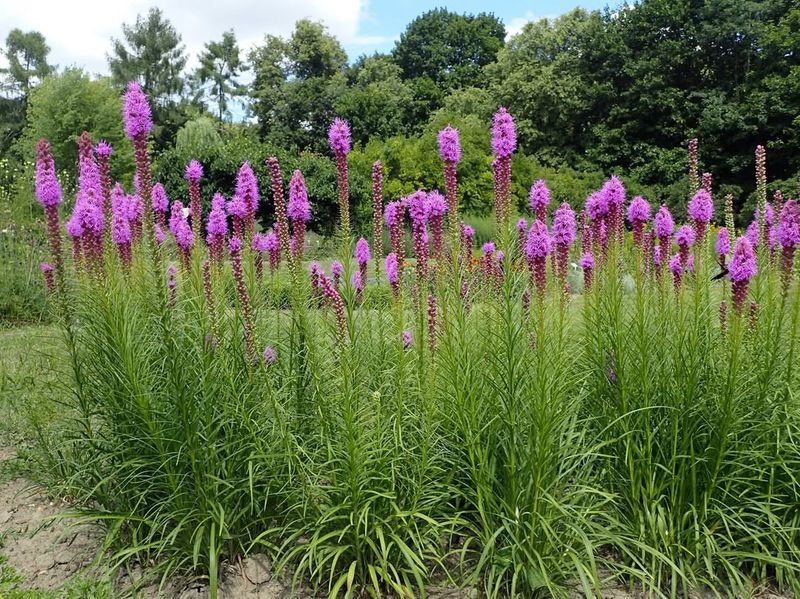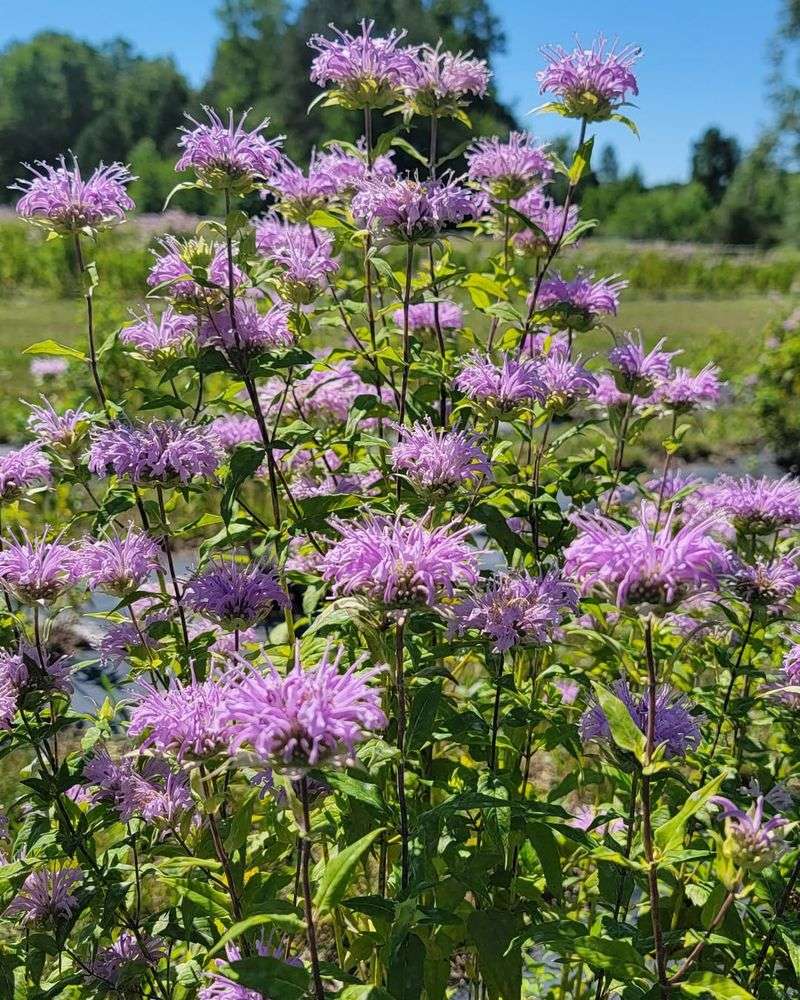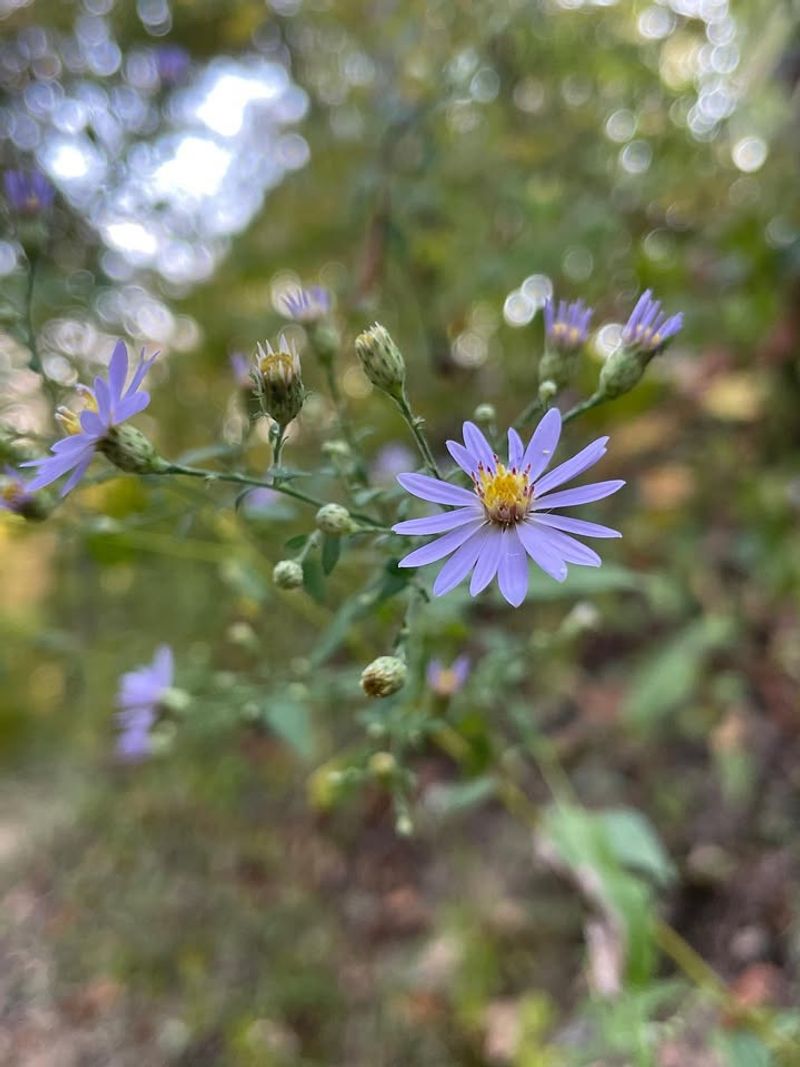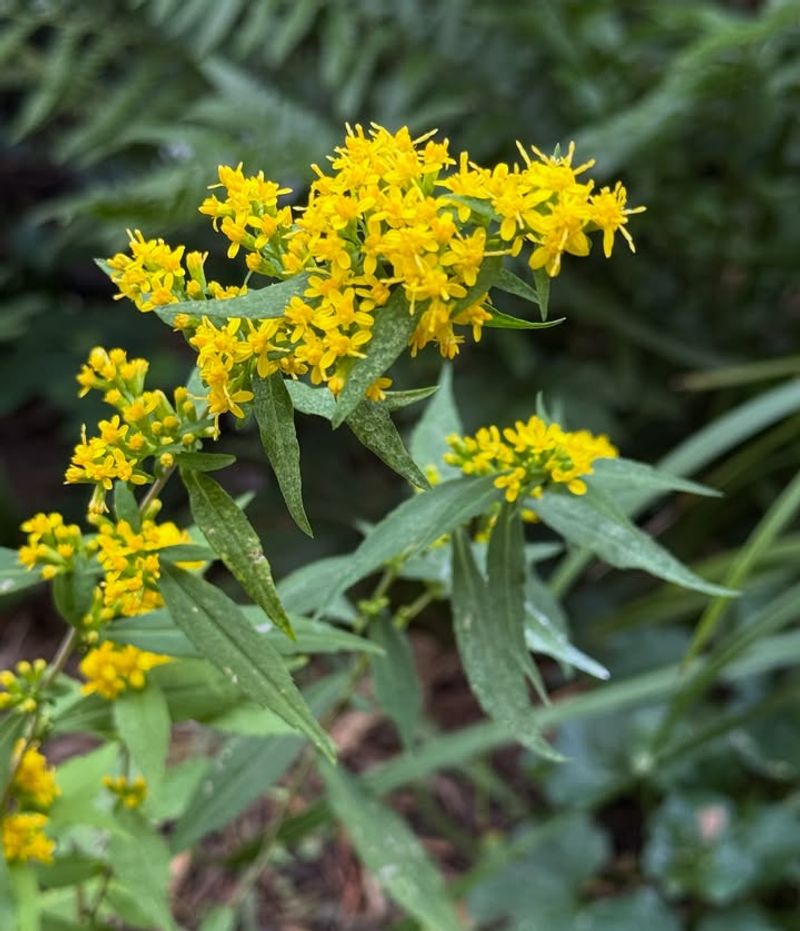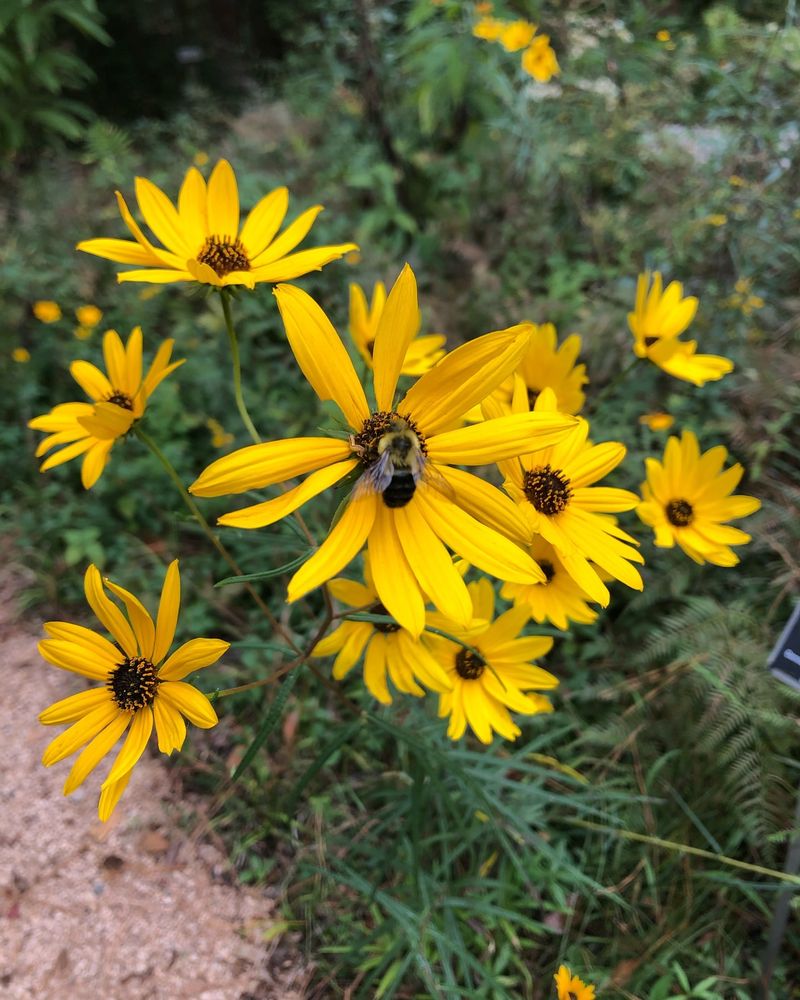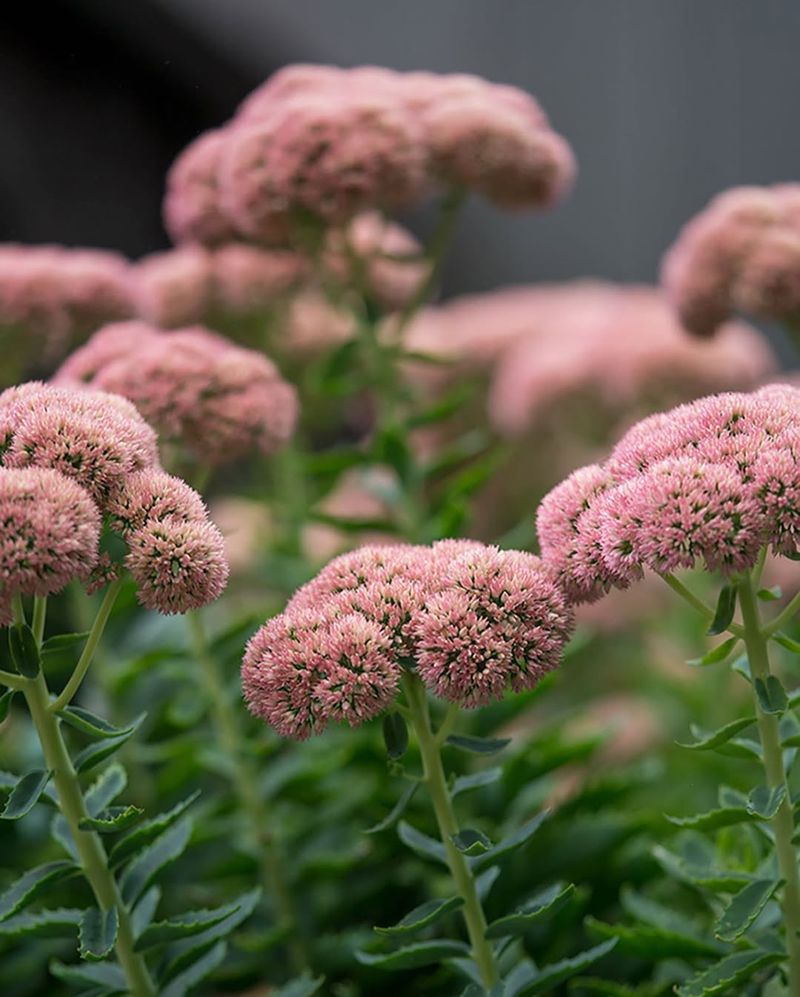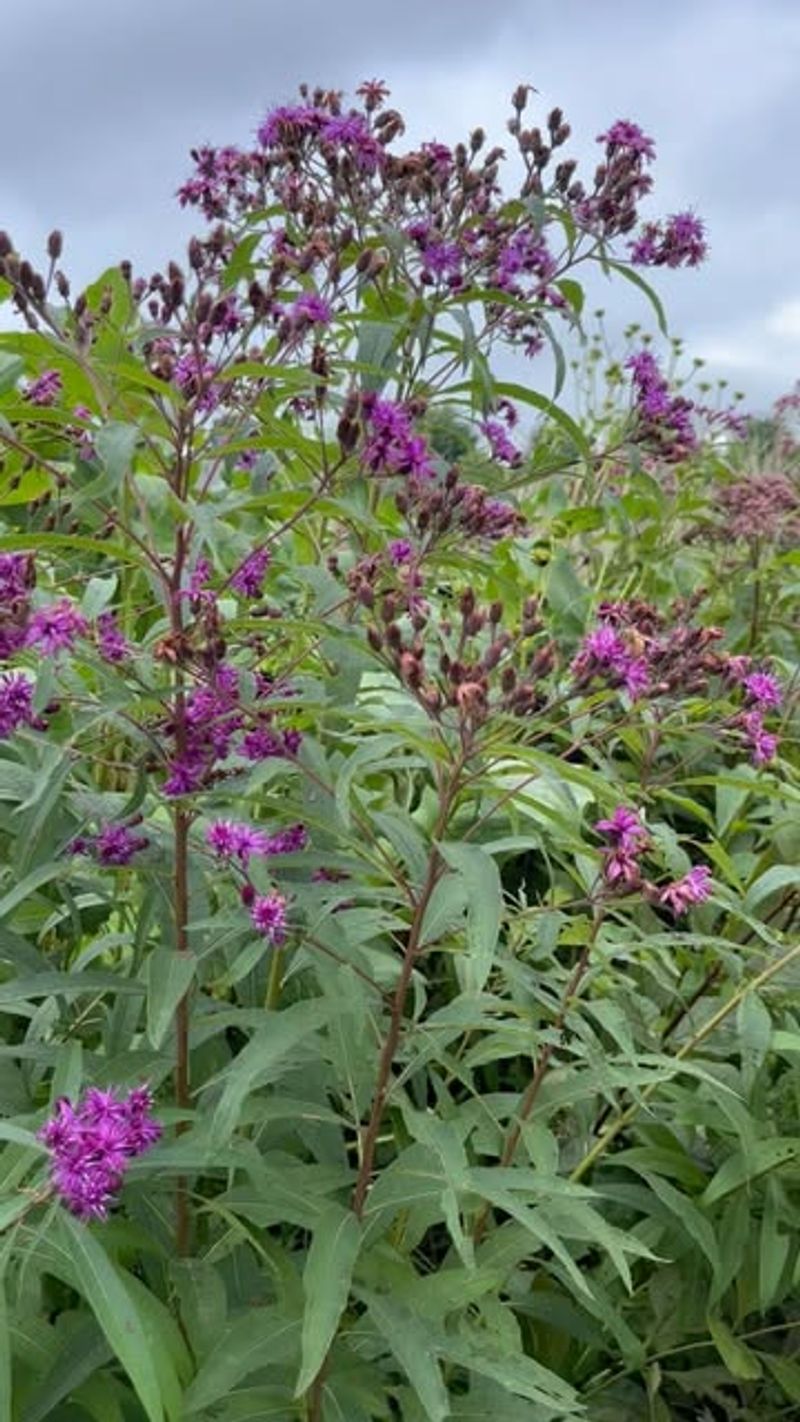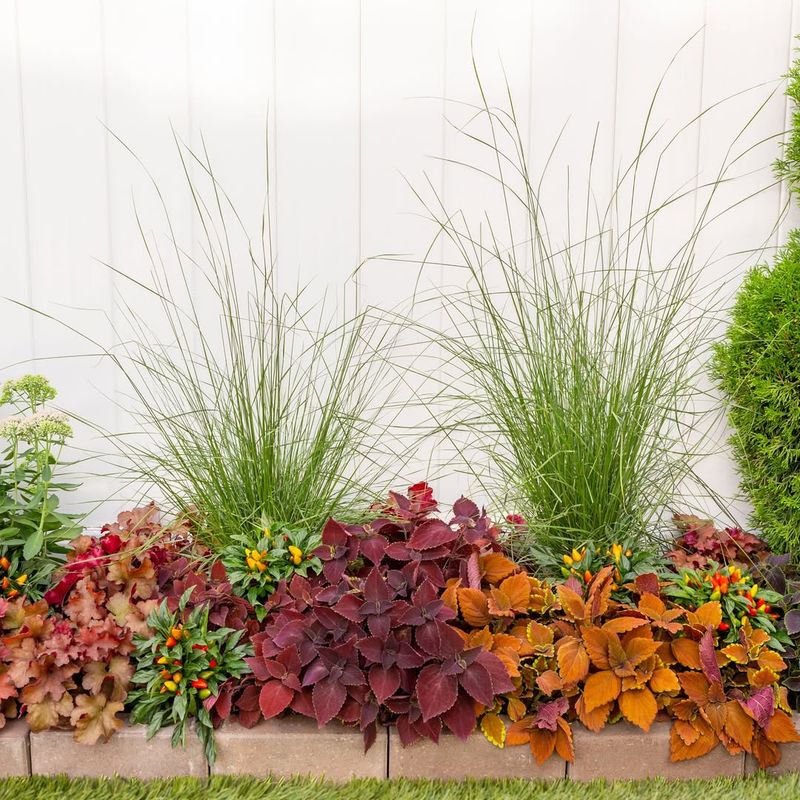Winter in New Jersey doesn’t have to mean empty gardens and hungry birds. Certain perennials hold onto seed heads that become natural feeders.
Leaving them standing adds texture and life to snowy landscapes. It’s a simple way to help wildlife while keeping your garden beautiful year-round.
1. Purple Coneflower (Echinacea purpurea)
Goldfinches absolutely adore the seeds from these sturdy flower heads that stand tall even under heavy snow. After the purple petals fade in fall, the spiky brown centers remain packed with nutritious seeds that birds can access throughout winter.
New Jersey gardeners find these plants incredibly easy to grow in full sun, and they multiply readily without becoming invasive. Leave the stalks uncut after blooming ends, and you’ll witness finches performing acrobatic feeding displays all season long.
2. Black-Eyed Susan (Rudbeckia hirta)
Chickadees and sparrows find these cheerful yellow flowers just as useful in winter as they are beautiful in summer. Once the golden petals drop, the dark central cones hold hundreds of tiny seeds that provide essential calories during freezing temperatures.
Gardens across New Jersey benefit from their drought tolerance and ability to thrive in various soil types. The sturdy stems rarely break under ice and snow, making them reliable feeding stations when other food sources disappear beneath winter’s blanket.
3. Joe-Pye Weed (Eutrochium purpureum)
Standing up to seven feet tall, this native giant creates dramatic winter structure while feeding numerous bird species. The fluffy pink flower clusters transform into dusty brown seed heads that attract sparrows, juncos, and finches throughout the coldest months.
Moisture-loving and perfect for New Jersey’s wetter garden spots, it handles clay soil beautifully. Birds appreciate the height advantage these plants provide, offering safe perches where they can survey surroundings while snacking on the abundant seeds packed within each massive flower head.
4. Swamp Milkweed (Asclepias incarnata)
Native to wetlands throughout New Jersey, this milkweed species produces unique elongated pods that split open to reveal silky-tufted seeds. Goldfinches particularly enjoy extracting seeds from these pods during winter, often clinging sideways to reach their prize.
Besides feeding birds, the fluffy seed silk gets collected by small mammals for nest insulation. Plant it in rain gardens or naturally moist areas where it will thrive without extra watering, creating both summer butterfly habitat and winter bird restaurants in one beautiful package.
5. Blazing Star (Liatris spicata)
Sparrows and finches find the bottlebrush-shaped seed heads of this prairie native irresistible when temperatures drop. The purple flower spikes that dazzle in summer dry to tightly packed seed clusters that remain accessible even when ice coats other plants.
New Jersey gardeners appreciate how well this plant handles both drought and occasional flooding. The vertical form adds architectural interest to winter landscapes, and watching small birds work their way up and down the spikes provides endless entertainment from warm indoor windows.
6. Bergamot (Monarda fistulosa)
Chickadees and titmice expertly extract seeds from the spiky round heads left behind after this fragrant plant finishes blooming. Wild bergamot’s distinctive shaggy appearance adds textural beauty to winter gardens while providing critical nutrition for overwintering birds.
Across New Jersey, this native thrives in average soil without fussing, resisting both disease and deer browsing. The tubular flowers attract hummingbirds and butterflies during summer, then transform into productive seed sources that keep songbirds returning to your yard throughout the harshest weather.
7. Asters (Symphyotrichum species)
Did you know native asters produce seeds that rival sunflowers in nutritional value? Juncos, sparrows, and goldfinches eagerly harvest the fluffy seed heads that form after the purple or white flowers fade in late fall.
New Jersey boasts several native aster species perfectly adapted to local conditions, from dry sandy soils to moist woodlands. Their late-season blooms provide final nectar for migrating monarchs, then seamlessly transition into winter bird feeders that require zero maintenance or refilling from gardeners.
8. Goldenrod (Solidago species)
Often unfairly blamed for allergies, goldenrod actually deserves praise for supporting wildlife year-round. The golden plumes that brighten late summer turn into fluffy seed clusters that sparrows, finches, and juncos devour during New Jersey’s coldest months.
Multiple native species grow wild across the state, adapting to nearly every soil type and light condition. The dried stalks create beautiful winter silhouettes dusted with snow, and their abundant seeds help small birds maintain the body heat necessary for surviving sub-freezing nights.
9. Sunflowers (Helianthus species)
While annual sunflowers get all the attention, perennial species like Maximilian and woodland sunflower provide equally impressive seed crops. Cardinals, jays, and nuthatches crack open the striped seeds with powerful beaks, often caching extras for later consumption.
New Jersey’s native perennial sunflowers spread gradually to form cheerful colonies that require minimal care. Their sturdy stalks withstand winter storms, and the large seed heads offer enough food to attract entire flocks of hungry birds when natural food sources become buried under ice.
10. Sedum (Sedum spectabile)
Tiny seeds packed within the flat-topped flower clusters of sedum provide essential calories for the smallest winter birds. The rusty-brown dried flowers maintain their architectural shape throughout winter, creating stunning focal points when frosted or snow-covered.
Thriving in New Jersey’s toughest conditions, including shallow rocky soil and drought, sedum asks almost nothing from gardeners. Goldfinches and sparrows perch delicately on the sturdy stems, meticulously picking out each minuscule seed while providing charming photo opportunities for patient observers.
11. Ironweed (Vernonia noveboracensis)
Towering above most garden plants, ironweed creates dramatic vertical elements that birds can spot from great distances. After the vibrant purple blooms fade, the flower heads transform into fluffy brown seed clusters that finches and sparrows eagerly harvest during winter.
Native to wet meadows throughout New Jersey, it handles heavy clay and periodic flooding without complaint. The name comes from its incredibly tough stems that rarely break under snow load, ensuring seeds remain accessible even during the harshest weather conditions.
12. Ornamental Grasses (Various species)
Switchgrass, little bluestem, and Indian grass produce abundant seeds that sustain ground-feeding birds throughout winter. Juncos, sparrows, and towhees scratch beneath the graceful arching stems, finding fallen seeds while also benefiting from the shelter grasses provide against wind and predators.
New Jersey gardeners love how ornamental grasses add movement and golden color to dormant winter landscapes. The seed heads catch snow and frost beautifully, creating stunning visual displays while quietly performing the essential function of keeping local bird populations healthy and well-fed.

